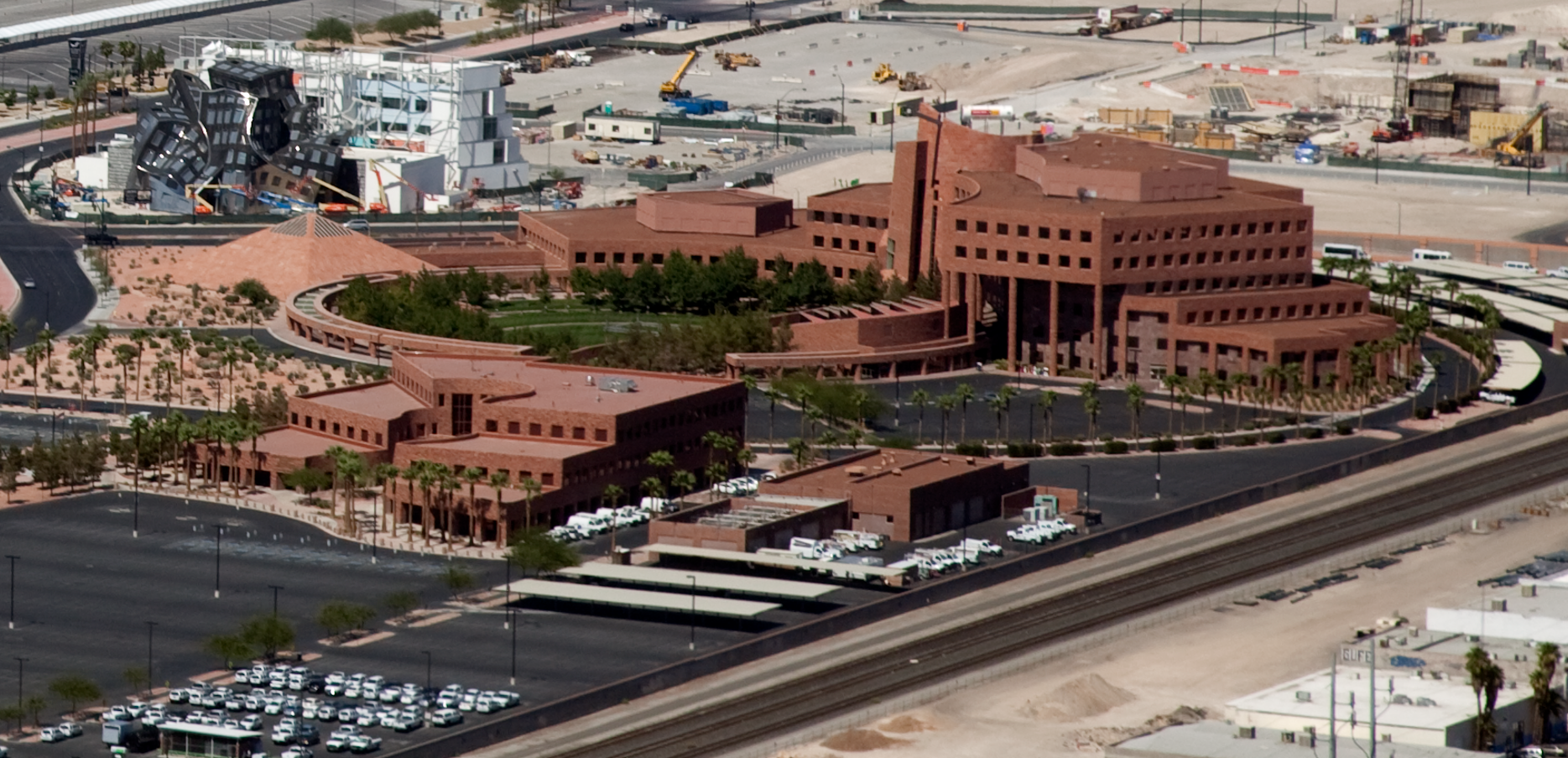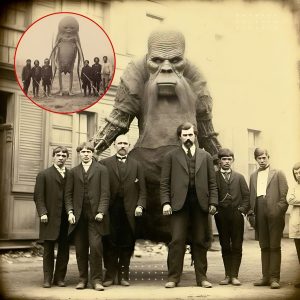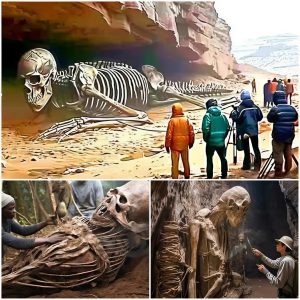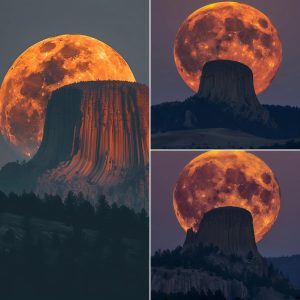
Originally a trading stop between Los Angeles and New Mexico, Las Vegas began to take shape as a dusty railroad and rancher town in 1905 before being incorporated in 1911. This image shows the fledgling desert city in 1925.
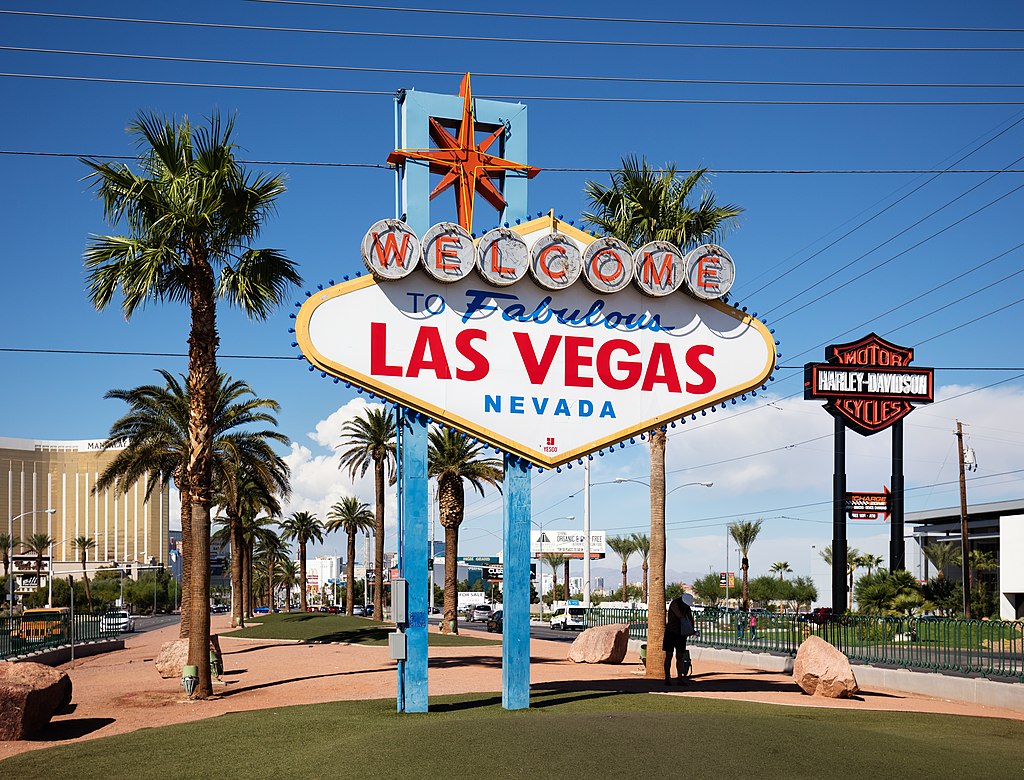
It was the construction of the Boulder Dam (later renamed Hoover Dam) in 1931, which saw workers flood in and led to a population boom. In the same year, gambling was legalised in Nevada once again and casinos and showgirl clubs began popping up on Fremont Street, its only paved road. The first themed hotel-casino resort to open on Highway 91, later to be known as The Strip, was El Rancho Vegas in 1941.


Starting in the mid-1980s, a period of unprecedented growth began in Las Vegas. A seminal moment saw Steve Wynn open the Mirage, the city’s first mega-resort, which cemented its place as the entertainment capital of the world. Its population almost doubled between 1985 and 1995, increasing 97.6% from 186,380 to 368,360. Today, Sin City has a population of just over 656,000, with almost 2.3 million living in the wider Las Vegas metro area. It welcomed just under 41 million visitors in 2023 and has over 150,000 hotel rooms. While The Vegas Strip is home to amusement parks, a golf course, numerous entertainment venues and some of the biggest hotels in the world, the original strip, Fremont Street, is now pedestrianised and a popular tourist attraction. It is covered with an enormous graphic display system, the largest video screen in the world.

